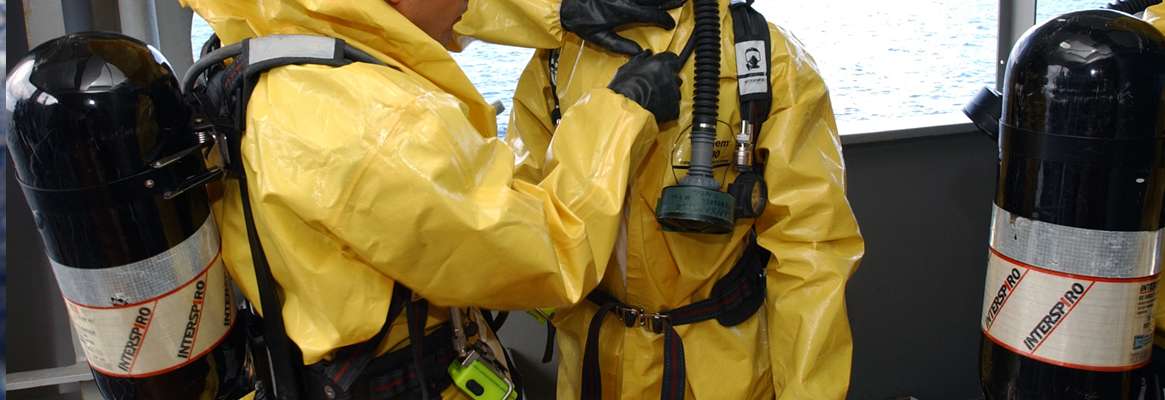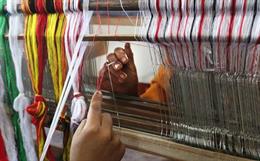Abstract
Biological and chemical warfare is a constant threat to theworld. So the Chemical and biological (CB) protective clothing has beenadvanced over the years to provide protection to the war fighters facing thetreats of CB warfare agents. This threat remains an active concern because ofrelative ease with which such weapons can be acquired, at least on a
Introduction
A number of countries around the world have thecapability to use chemical weapons. In fact, within the past decade, severalevents have been well documented where chemical weapons were used in armedconflict, most notably during the Iran-Iraq War. The major application ofprotective clothing is for protecting the soldiers from the war field hazards.One such important hazard is chemical hazard which affects the human based onits characteristics and mode of entry. To overcome this problem we normally usechemical protective clothing and their property depends on the end use. Theroutes of chemical entry into the human body are oral, respiratory, and dermal.Of these three main routes, the dermal exposure is considered the primarymechanism of chemical entry through human body. While considering the entry ofchemical through respiration to prevent this it is essential to consider therespiratory mask as an essential part of chemical protective clothing. It hasbeen reported that 90% of all occupational allergic contact dermatitis wasfound on the back of the hands and the fore arms. However contact dermatitisamong homemakers occurred in almost 50% of the cases on the palms. Whereas 15%of the time it affected the back of hands and fingers.
The authors are associated with







_Small.jpg)

